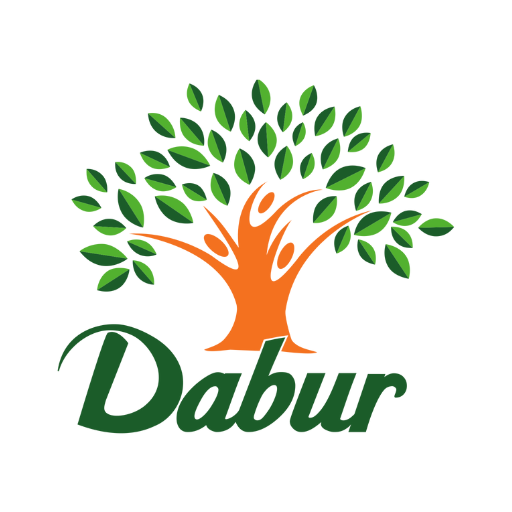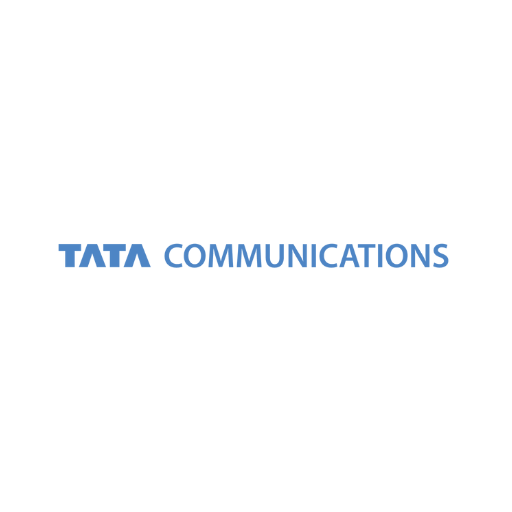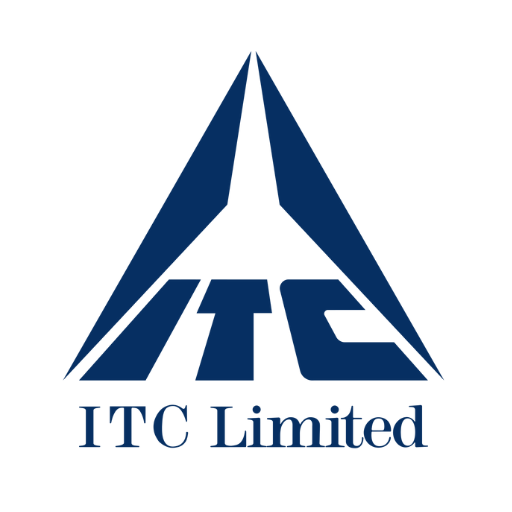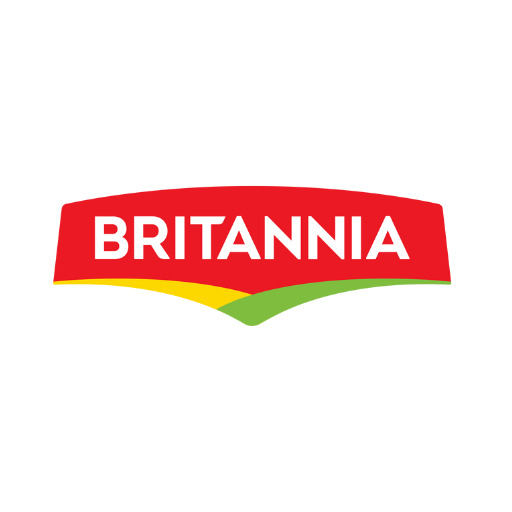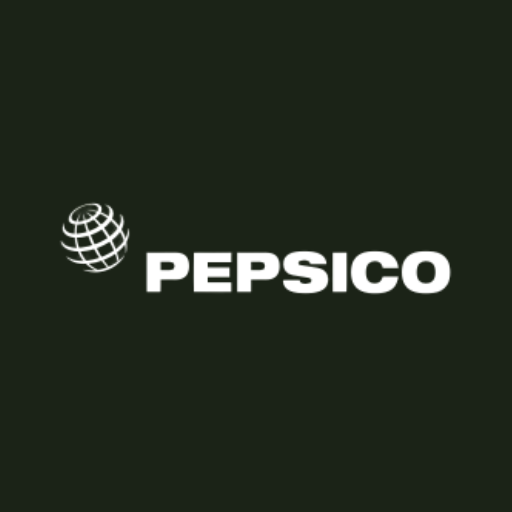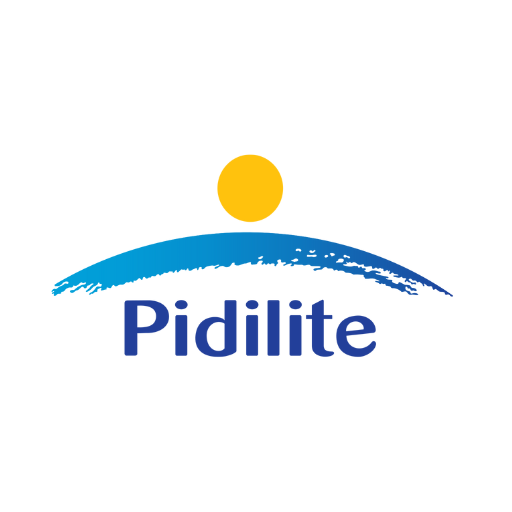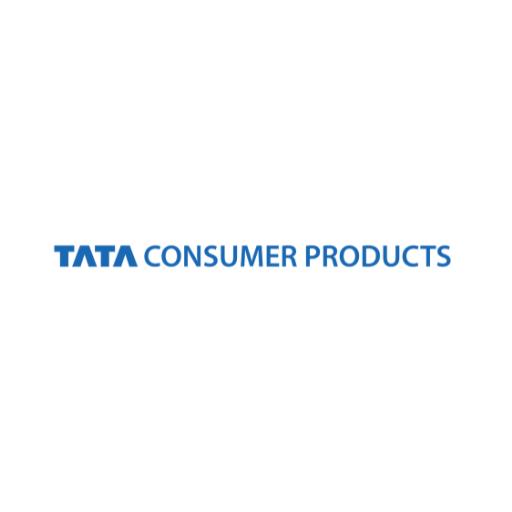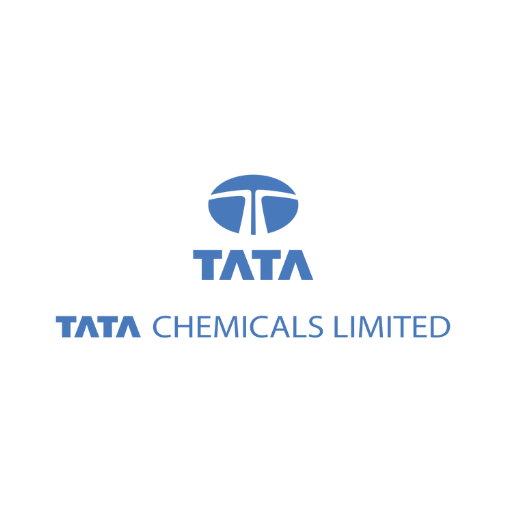How Tata Consumer Products emerged as a strong contender in India's highly competitive FMCG space
From being a disjointed FMCG company in 2020, with a presence only in tea and salt and its ready-to-drink portfolio a non-performer, the last five years have seen Tata’s Consumer business emerge as a strong food and beverages contender on the back of acquisitions, a rejig of its distribution network, and a pipeline of innovations.
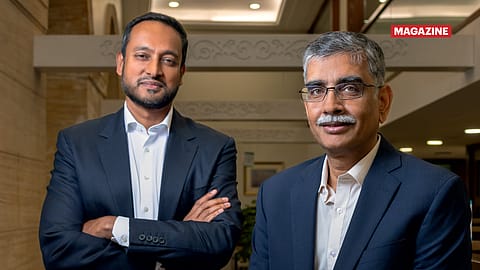
This story belongs to the Fortune India Magazine August 2025 issue.
WHEN N. CHANDRASEKARAN took over as the chairman of the Tata Group in 2017, he had penned down a few priorities on a large whiteboard that stretched across his office at the iconic Bombay House. Topmost on his rather long priority list was to strengthen the group’s not-so-strong consumer-focussed businesses. After all, India is a consumption economy and for a mammoth like the Tata Group, not having a strong consumer-focussed FMCG business was, indeed, worrisome for the then new chairman, popularly known as Chandra.
The FMCG business was disjointed: though its branded tea business, which catered to both India and the world, was under Tata Global Beverages Ltd (TGBL), the latter was perceived as a plantations company, despite having exited that business; Tata Salt and the staples business Sampann were under Tata Chemicals; then there was NourishCo — a 50:50 joint venture with PepsiCo — housed under TGBL, under which were its ready-to-drink brands. Calling TGBL complex was an understatement — it had 45 legal entities under it. Tata Coffee, the listed B2B business, was also a subsidiary.
Chandra’s first move was to consolidate the group’s scattered FMCG businesses. He pulled out Tata Salt and Sampann from Tata Chemicals and put them along with the beverages business. “The first time I saw Tata Consumer Products (TCPL) was on Chandra’s whiteboard in 2017,” recalls Ajit Krishnakumar, ED & COO, TCPL. Krishnakumar was then at Bombay House, and in-charge of strategy and M&A. “Chandra’s top priority was to create this consumer business. It took us a year. My big role was to take Tata Salt and Sampann out of Chemicals and create TCPL. The formation of the company was announced in May 2019, and TCPL formally came into being in February 2020,” he adds.
The chairman was clear that the person steering the business had to be an FMCG veteran, who had to be hired from outside. He also got FMCG stalwarts such as former Pidilite Industries MD Bharat Puri as an independent director on TCPL’s board. “Chandra was keen we put together the right board and the right team. The company needed a fair amount of evolution and that’s what we have done,” says Puri.
MD & CEO Sunil D’Souza’s journey to leading TCPL was serendipitous. His first conversation about the Tata group’s FMCG business was in 2011, with Saad Abdul-Latif, the former CEO of PepsiCo’s Asia, Middle East and Africa business. D’Souza was with PepsiCo in the Philippines and Latif asked him what he thought about their 50:50 JV with the Tatas. D’Souza had told him then that the Tatas were the best business partner that Pepsi could have in India. Nearly a decade later, when a headhunter approached him in early 2019 for the TCPL MD’s role, his immediate response was no — the business wasn’t going anywhere, and he wasn’t interested. The headhunter won him over by telling him the group chairman personally wanted to meet him precisely because the business wasn’t making any headway. “There can’t be a more respected organisation in India than the Tata group. If they are asking you to sort out their business, it’s a privilege,” says D’Souza.
Re-engineering TCPL
But mainstreaming a disjointed business was not easy. “It was an open-heart surgery and not a bandage job. We dismantled and reset the distribution; we had to bring in an entirely new portfolio,” explains D’Souza.
More Stories from this Issue
“We were a bowl of noodles in terms of legal entities. We cleaned up the deck. Tata Coffee was a listed subsidiary of a listed company. Tata Consumer had a tea extraction business and Tata Coffee had a coffee extraction business. Ultimately, you are selling to the same customer, so we put these together and now there is a solubles business.” The company now has a common backend and sales system for tea and coffee. “We used to sell coffee in Europe and tea in the U.S. Now we are selling tea and coffee in both Europe and the U.S. We had 45 legal entities and now we are down to 25,” he adds.
Apart from straightening the company’s structure, D’Souza and Krishnakumar also began expanding the distribution network. From being available at just 0.5 million outlets, TCPL products are now available in 4.5 million stores. This, along with widening of the portfolio with acquisitions such as Soulfull, Organic India, and Capital Foods, was the game changer.
The company’s revenue in the past five years has shot up from ₹11,602 crore in FY21 to ₹17,618 crore in FY25. Net profit has gone up from ₹945 crore to ₹1,252 crore. From being predominantly a tea and salt company in 2020 (that contributed 90% of the revenue), TCPL today is a diversified food company with a presence in staples, ready-to-drink beverages, health food, packaged and organic food. Tea and salt together contribute only 45% of the business. In Q1FY26 TCPL’s net profit went up 15% to ₹331.75 crore as against ₹289.25 crore in the corresponding period in FY25. However, on a sequential basis, it was lower than its ₹348.72 crore profit in Q4FY25.
TCPL has seen the highest market cap growth of 21.96% in the past five years, compared to peers such as Nestlé (7.33%) and Britannia (8.46%). But TCPL in the past year has seen a 17% dip in profits as well as market cap. D’Souza and the analyst community attribute it to the overall softening of volume growth in the FMCG industry as well as volatility in commodity prices.
(INR CR)
“In 2021, ready-to-drink (formerly NourishCo) was a ₹180 crore business; [it] is now a ₹1,000 crore business. Sampann at that time was ₹200 crore and is now ₹1,000 crore. The brief was to design the company in a way that regardless of its legacy, it is aggressive enough to become a leading food company,” says Krishnakumar.
The re-engineering of TCPL has also happened on the people front. Tarun N.P. Varma, global CHRO and sustainability officer, claims that the executive committee has talent from across industries, which has helped to bring in fresh ideas. The mandate was to look for talent outside of the Tata ecosystem. “Ajit is not a typical COO, he is a banker who did strategy in the chairman’s office. Most of our colleagues in the executive committee have joined us from other companies. Only two of them are from the Tata Tea days,” he says.
The revamp
TCPL, in its earlier avatars of TGBL and Tata Tea, had been a plantations-first company and the classical tenets of FMCG — distribution, branding, and innovation — were somewhat alien to the organisation. But Chandra’s brief to D’Souza was to create India’s premiere FMCG company for the Tata group. “The hypothesis was that the Tata brand name denotes trust, so you have every right to win in the consumer space,” explains D’Souza.
The distribution system he inherited was archaic. “It was a consignee agent, super-stockist model. Salt was consignee agents and tea was super stockists. The only time I had heard about consignee agents was in management school,” laughs D’Souza. He recalls the first call he had with his sales team in 2020. “When I told them we need to have distributors, salesmen who visit outlets, do 30 calls per day and do 70% productivity, one guy exclaimed, ‘we are really becoming an FMCG company!’”
In the months that followed, TCPL not just consolidated distribution of tea and salt, it also roped in established carrying and forwarding agents (C&FAs) — to take care of the logistics and distribution of goods from manufacturers to retailers — and distributors across India. Today, one out of two kirana stores sells its products.
D’Souza and his team also worked on improving their working capital efficiency. The company wasn’t used to looking at working capital, he says. “We used to have 55 days of working capital which is cash. Historically, whatever acquisitions we have done, the return on capital was a challenge. We put pressure, and from 55 days we have come [down] to minus one,” he says.
Working capital efficiency has also come about due to efficient inventory management, says CFO Ashish Goenka. “Both at the trade and distributor level we have cut down on inventory significantly. It also improves the distributor RoI, [and] decreases returns. We have an auto replenishment system (ARS) through which we replenish only the depletion in the stock that happens at the distributor level. We are now moving to ARS with our C&FAs as well.”
TCPL has also upped its game in terms of marketing and branding. “Last quarter (Q4FY25), we had spent 7.5% of sales in advertising and sales promotions for India. Our turnover from new products was at 0.8% of sales; for a good F&B company, it should be 5-6% in India. Last year we closed at 5.2%,” says D’Souza.
Identifying opportunities
Tea and salt are TCPL’s core and must-haves for a retailer. “If I don’t sell Tata Tea and Tata Salt, I run the risk of losing consumers,” says Bhagirath Jalan, director of Jalan’s Retail, a hypermarket chain in eastern Uttar Pradesh. They also assure mid- to high single-digit growth for TCPL and steady margins. But in order to grow robustly, it becomes essential to play beyond commodities. “Once your strategy for the core is in place then you need to keep bolting up things in markets that are attractive and where you have the ability to win,” says Puri.
TCPL’s value-added play in staples under the Sampann brand was not enough to future-proof the business. “While Tata Tea and Tata Salt are an essential part of a consumer’s shopping basket, staples under the Sampann brand are not. Consumers either prefer buying loose as they want to touch and feel the products or they are not brand conscious,” explains Jalan.
Agrees Sriprakash Nadadhur Sridharan, founder, Prajna Consulting, and former director at Nielsen. “Food is a low-margin business, so to get scale one needs to play in multiple categories,” he says.
In late 2020, TCPL did a full scan of the food and beverages universe in India. It looked at categories that were more than ₹5,000 crore, margins, growth rate, and a number of players. It was clear it would not play in categories such as biscuits, atta or carbonated beverages where there are two strong players. “You might run the risk of becoming collateral damage. On the other hand, if there too many players in a particular category, you may not find differentiation,” explains D’Souza. He chose to bolster categories such as branded staples where there was hardly any competition, and he could bring about differentiation, or play in trust deficit categories. He strengthened them through R&D and distribution. “The Tata name does magic in those categories.”
TCPL launched products such as saffron, which was certified by the saffron board in Kashmir, and is among the highest selling products under the Sampann brand. A kirana retailer in Delhi’s Lajpat Nagar has his store loaded with Sampann masalas and pulses. “My consumers often order on the phone and if it is a Tata product, they don’t question me about quality,” he explains.
For a company that was playing catch-up and had to compete with the likes of Nestlé, ITC, and Dabur, the best way ahead was acquisitions. But the acquisitions had to make sense financially and strategically. The company first bought out PepsiCo’s 50% stake in the NourishCo JV. The brand, which is now the ready-to-drink business of TCPL (and has a plethora of beverages such as ready-to-drink cold coffee, kombucha and jelly-based glucose drinks) has grown from ₹180 crore to ₹1,000 crore in revenues in the last five years, and is profitable.
Its next bet was the healthy foods category with the acquisition of Soulfull in 2021. Nobody at that time was into millets. “Millets is a difficult grain to process and this is a team that had figured how to process, how to get it into products that are liked by consumers; the places where they were present, they were quite strong... We just had to give them manufacturing expertise, distribution, and branding — that’s what we focussed on,” says D’Souza.
From 15,000 outlets in 2021, Soulfull is now available at 600,000 outlets. The brand, known for ragi bites, now has ragi bite-filled snacks, cornflakes with millets, choco-sticks, wafers, and muesli.
While Organic India with its premium portfolio of staples and infusions is clearly an investment for the future, TCPL’s most recent acquisition of Capital Foods has enabled it to play in the instant noodles category dominated by Nestlé’s Maggi. It believes that the Capital Foods portfolio with brands such as Ching’s Secret and Smith & Jones gives it a clear edge. While Ching’s Secret is all about Indian Chinese, with Smith & Jones, the company is trying to mainstream Italian cuisine.
From flavoured instant noodles to products such as momo chutney, schezwan chutney and pasta sauces, D’Souza believes the Capital Foods portfolio is meant to disrupt the market. “It’s not close to Maggi, but the traction for Ching’s instant noodles is picking up,” says Gaurav Shah, a kirana retailer in suburban Mumbai.
TCPL in the past five years has acquired companies including NourishCo, Soulfull, SmartFoodz, Organic India, and Capital Foods. These acquisitions were made after evaluating at least 200 opportunities, and Krishnakumar claims that the company has become a pro at doing acquisitions and integrating them. “The Capital Foods deal closed on February 3 last year and by early evening we got a call saying that the shares are in our account. Within two hours from the meeting closing, trucks were moving from the Capital Foods warehouses to the TCPL warehouses and within 24 hours of the deal closing we were selling through our distributors.”
Harish Bhat, former brand custodian of the Tata group and ex-MD of Tata Tea, says that the company he headed decades ago is vastly different in its present avatar. “The mindset now is that of a leading FMCG player in India. While TCPL’s global businesses have become stronger, the company’s presence in India has expanded in all directions — higher, wider, and deeper. Until 2020, we had five Tata products in our kitchen; today, we have 23!”
International business
When the erstwhile Tata Tea acquired Tetley in the early 2000s, the Tata group became one of the first Indian companies to make a global acquisition. But over the years, the company’s global operations didn’t add too much value to its overall revenue. However, from revenues of ₹3,508 crore in FY21, TCPL’s international business is now ₹4,549 crore.
“International is now accretive to the India business,” points out D’Souza. Even here, the company figured out which are the businesses and countries it wants to play in. It sold its out-of-home coffee business in Australia and the food service business in the U.S. “In the U.S., from No. 4 share of tea, we are now at No. 2.”
The Organic India acquisition has helped to elevate its international play. Around 40% of its revenues comes from the U.S. and D’Souza now plans to replicate Organic India’s U.S. dominance in other international markets. TCPL also plans to take the Capital Foods portfolio to markets such as Canada, where 5% of the population is Indian. TCPL has also entered the Middle East.
Innovating to win
The team at TCPL likes to believe that despite being a legacy organisation, they have the spirit of a startup, which is evident from their focus on innovations. “In FY25, our percentage of contribution of innovation to overall sales exceeded 5%. In FY21, we were less than 1% (the industry benchmark was 3-3.5%). We have launched 115 new products. In the last 24 months, we have launched a new product every week; 16% of my launches are disruptive in nature,” says Vikas Gupta, global head, R&D, TCPL.
Gupta claims that the company is far ahead of the competition in terms of new launches. He says TCPL, on an average, launches four to five products every month, whereas established food companies are happy with 18-20 launches a year. “If you are on a growth trajectory you need four to five launches every month. If you are in steady state mode, you don’t need that many, as your base is big,” explains Gupta.
Former Nielsen director Sridharan, however, wonders if the company is overdoing the premiumisation bit. “The culture of cooking at home is indeed reducing and convenience has taken over. However, the target audience for premium products in India is finite. The bottom of the pyramid is still huge.” TCPL’s argument is that it is democratising premium by improving its reach and selling in affordable pack sizes. But the question is whether it is enough. Competition is getting tougher. Newer players such as Reliance are set to disrupt the space by offering higher margins. “Though the Reliance brands have hardly penetrated, I am told that they are going to offer margins that are 10% higher than the rest of the industry. For a retailer even a 5% higher margin is a lot. If Reliance offers 10% higher margins, retailers will certainly shift,” points out Jalan.
In fact, TCPL’s real competition is not really from large pan-India companies, but from regional brands as well as direct-to-consumer ones that are not measured by market research companies such as Nielsen or Euromonitor.
But Bhat believes that companies that remain challengers in their own minds will win. “We are a long way from where we want to be. We have to continue to grow in double digits, we have to continue to improve margins, we need to continue to expand our portfolio. We will grow both organically as well as inorganically as we go forward,” says D’Souza.
Tata Consumer is just getting started.
